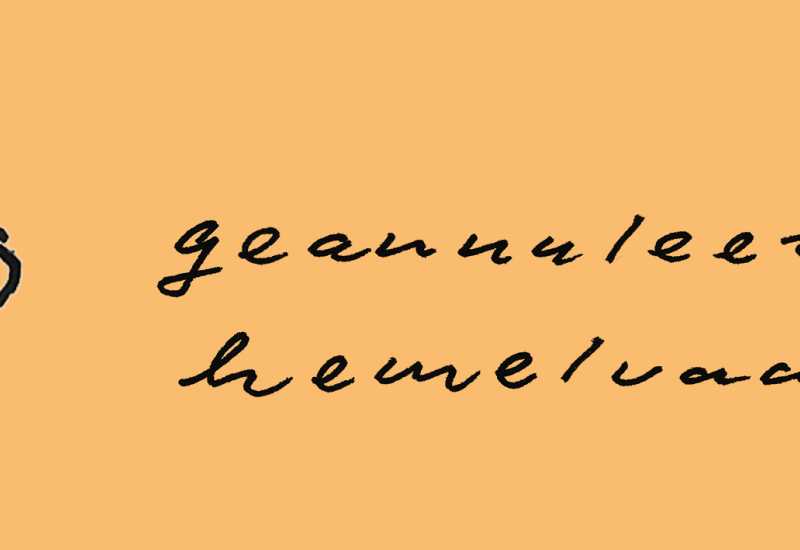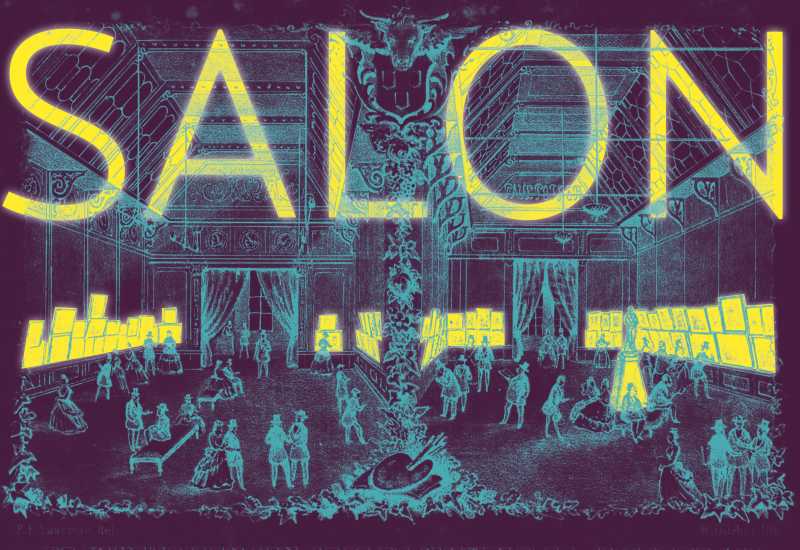Régis Gonçalves | Het Verbeterhuis
Régis Gonçalves | The Improvement House
Wild Beasts Must Be Tamed.
1603, Amsterdam
Régis Gonçalves writes about this exhibition: “The first idea for this project Het Verbeterhuis was to make a connection between Brazil and Amsterdam for the celebration of 750 years of Amsterdam. The connection became known: the Brazilian wood, Pau Brasil, Caesalpinia Echinata, which was grated by the inmates in the penitentiary the “Rasphuis” to obtain red dye for the textile industry. The Rasphouse was intended to teach young criminals a trade during their imprisonment so that they could then return to society. While researching, step by step I discovered different facets of the Race House, and each new discovery took me further. I came across stories about gay men (sodomites) who were sentenced to life in prison because of their sexual behavior and sent to the Race House. Those stories fell outside the original mission of the Race House. Homosexual behavior, then called sodomy, was forbidden. If someone was caught and apprehended, they were sent to prison, or received the death penalty, or were banished from the city forever. Further, my research led to the story of Jan Wissing. Wissing, originally from Lubeck, was the owner of a notorious inn, the Serpent, in the old fish market, which served for years as a Lol House. A herbeg where men had sexual contact. In 1764, Wissing was arrested and charged with group masturbation, sentenced to life in prison and sent to the Breed House; where he remained until his death in 1781. His story caused me to search further for more stories of sodomites incarcerated in the Silent or Secrete Place, in the basement of the Breed House.
I came to the conclusion that the connection between Brazil and Amsterdam is not the Brazilian wood, but what is written on the gate [11] of the Breed House: Wild Beasts Must Be Tamed.” In Brazil, the Portuguese were busy “taming” the original indigenous population and black Africans who had been transported to Brazil as slaves. While in the Breed House, other “beasts” were being tamed. The Improvement House was a house to tame wild beasts. But what kind of beasts were confined in the Breed House to rasp Brazilian wood? And what were the criteria for being classified as a beast? I leave these questions to the visitor of the exhibition to find their own answers.
Régis Gonçalves
February, 2025.
References:
Maarten Hell's inn dissertation: on p. 257 he writes briefly about the Serpent
and the consequences of the Sodomite persecution around 1730. The dissertation is
online: https://hdl.handle.net/11245.1/2caa072f-e73f-4428-9793-5af42c1a3ff5
Bob Pierik: So much life ahead. Meulenhoff, 2023.
Boon, L.J., “Dien godlosen hoop van menschen. Persecution of homosexuals in
the Republic in the 1930s (Amsterdam 1997) 127-
131, 358.
More, T.A.M. van der, Sodom's seed in the Netherlands. The emergence of homosexuality in
the early modern period. (Nijmegen 1995), 246.
Meer, T. van der, The vicious probe of sodomy and other vuyligheeden.
Sodomite prosecutions in Amsterdam 1730-1811 (Amsterdam 1984).
Sjoerd Faber (Criminal justice and crime, esp. pp. 197-202)
1 “Virtutis Est Domare Quae Cuncti Pavent”- Seneca, 1st century.
Régis Gonçalves
Born Brazil, lives Amsterdam
2025
www.regisgoncalves.com
@studioregisprojects
.JPG)


